By Tommy Clarkson from the January 2015 Edition
Aptenia cordifolia
(Alternative Botanical Name: Mesembryanthemum cordifolium)
Family: Aizoaceae
(Also known as Heartleaf Ice Plant, Heart and Flower, Dew Plant, Red Apple or Red Aptenia)
While she enjoys the hundreds of tropical plants that comprise Ola Bris Gardens, seldom does Ana (our housekeeper and dear friend) inquire specifically about a plant. She did so with this one!
This succulent is native to the Eastern Cape Province of South Africa (also found in KwaZulu-Natal). It is often planted in hanging baskets or window boxes as well as serving as an excellent bedding plant or ground cover for rock gardens or small garden areas. It spreads its pretty self via creeping, mat forming stems that can reach up to two feet (61 centimeters) in length.
But, before going further, please allow me to share a bit of botanical minutia. The family Aizoaceae (or Ficoidaceae) is in the fig-marigold family or ‘ice plant family’ and comprises 135 genera and about 1900 species. Often called stone plants or carpet weeds, this species somewhat resembles stones or pebbles. The several species known as “ice plants” derive their name as a result of their glistening globular bladder cells which cover their stems, fruit and leaves.
Preferring dry to medium, well-drained, sandy loams with full sun, this evergreen can grow well in dry soils, but therein tends to remain compact. So what does that tell us? Correct! They’ll grow more aggressively in moist soils but allow the soil to fully dry before watering again.
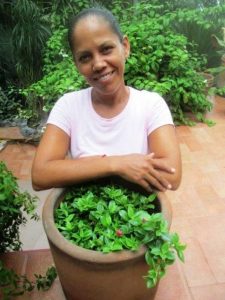
They are, however, like us and have a terminus, lasting two to three years and, accordingly, they will require replacement.
As to propagation, plant division, tip cuttings or seed are best. Container plants with very good drainage also need full sun. In fact, water in hot, dry conditions and never when it’s cool. While Baby Sun Rose can grow in nutrient poor conditions, it will thank you profusely if you give it two or three light fertilizations every year with ammonium phosphate.
They grow to around four inches (10 cm) tall with prostrate (a problem also encountered by older men . . . errrrr, woops, no, my mistake, that’s prostate. Never mind.) stems trailing along the ground to two inches (2 cm) long. Those stems sport fleshy, heart-shaped, smooth, bright green leaves of one inch (2.5 cm) in width. These solitary, many-petaled and colorful flowers have axils (the upper angle between leaf and stem) with yellow stamens (the pollen – producing reproductive organs of a flower).
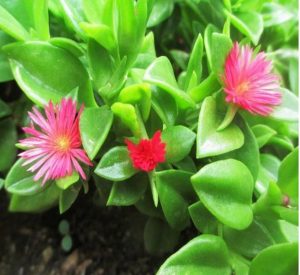
These magenta-pink, purple to red button-like (astorlike) flowers are, indeed, sun lovers and attract bees. They not only close up at night, but will remain closed on cloudy days – I sorta relate to that! And, “oh, by the way”, there is a variegated form which has white leaf margins.
In moist soils the Baby Sun Rose will grow rapidly to the point of overwhelming nearby vegetation. Though introduced to the State as a horticultural plant, the California Invasive Plant Council now says that Aptenia cordifolia is invasive to that State and has listed it as a wildland weed red alert. But you know those west coast folks . . . . they’re nice and mean well!
So just how did it come by its genus name? Well, from Greek aptenos meaning wingless and refers to the wingless seed capsules while cordi, in Latin, means heart and folia means leaf
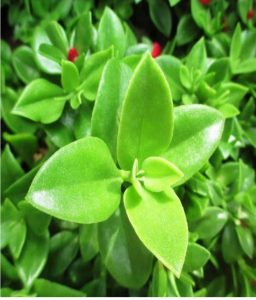
in regard to the cordate leaf shape.
Now supposedly (though I have not yet tried it) these crunchy though bland leaves are, purportedly, edible and can be added to a salad. . . but iguana supposedly tastes like chicken too though it’s not yet graced my dinner plate. (But that may soon change if they don’t start leaving my Nopal Cactus, Bleeding Heart and Passion fruit Vines alone!)
According to Arthur Lee Jacobson, who knows a bit about plants, too, “In Swaziland, this species is reported to be a love charm and a protection against sorcery.” So should you have amore difficulties or need a bit of magic . . . . maybe he knows! Check at his site: http://www.arthurleej.com/p-o-m-Sept10.html While it has no serious insect or disease problems, too much sustained, saturated soil can lead to root rot. Now, please remember that while the Baby Sun Rose is a drought-resistant plant, can tolerate high rainfall and will put up with irregular watering, it’s no different than us and would really prefer at least a tiny bit of regular love, care and attention!
For back issues of “Roots”, gardening tips, tropical plant book reviews and videos of numerous, highly unique eco/ adventure/ nature tours, as well as memorable “Ultimate Experiences” such a Tropical Garden Brunches. Visit us at.. .. www.olabrisagardens.com
Download the full edition or view it online
—
Tommy Clarkson is a bit of a renaissance man. He’s lived and worked in locales as disparate as the 1.2 square mile island of Kwajalein to war-torn Iraq, from aboard he and Patty’s boat berthed out of Sea Bright, NJ to Thailand, Germany, Hawaii and Viet Nam; He’s taught classes and courses on creative writing and mass communications from the elementary grades to graduate level; He’s spoken to a wide array of meetings, conferences and assemblages on topics as varied as Buddhism, strategic marketing and tropical plants; In the latter category he and Patty’s recently book, “The Civilized Jungle” – written for the lay gardener – has been heralded as “the best tropical plant book in the last ten years”; And, according to Trip Advisor, their spectacular tropical creation – Ola Brisa Gardens – is the “Number One Tour destination in Manzanillo”.
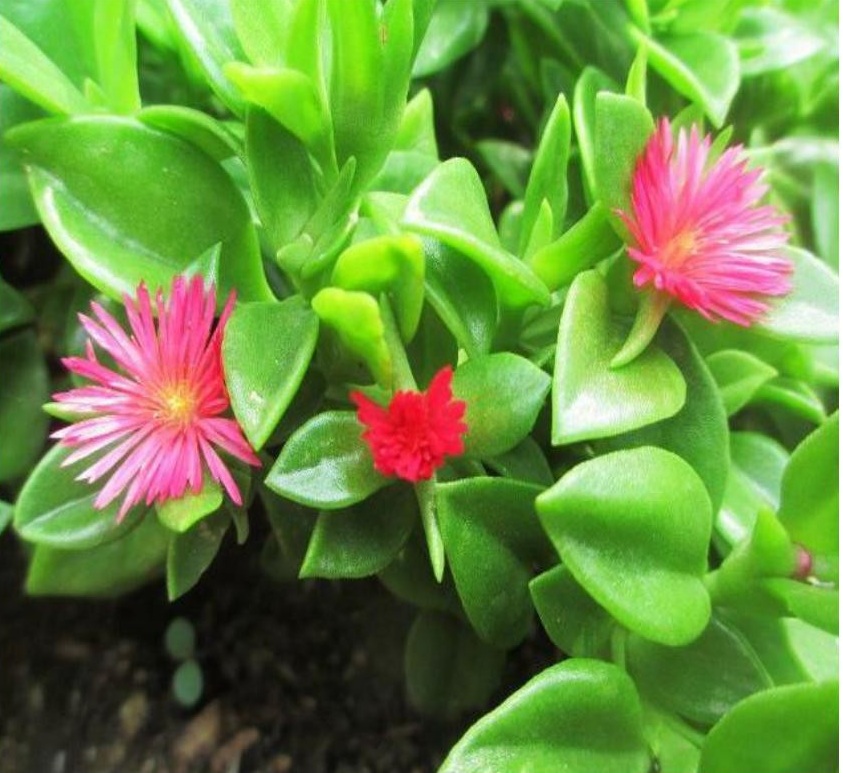

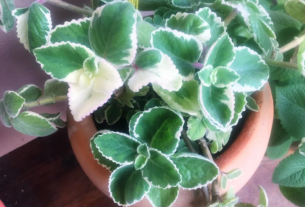


You must be logged in to post a comment.